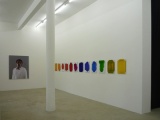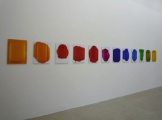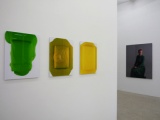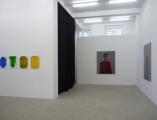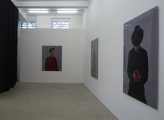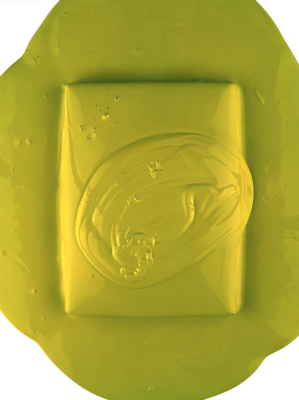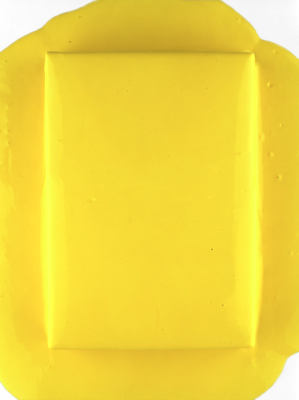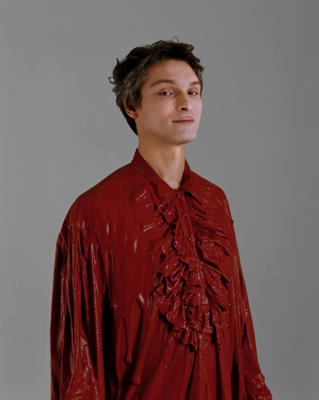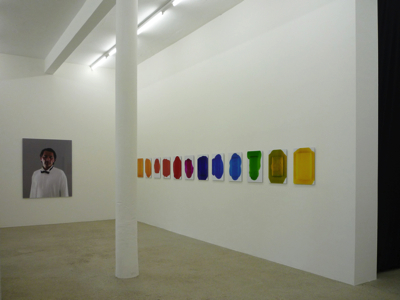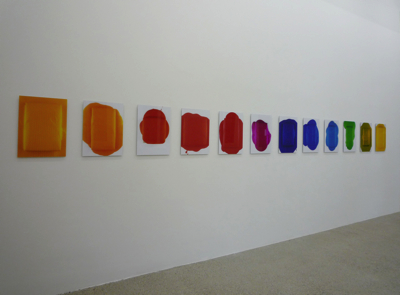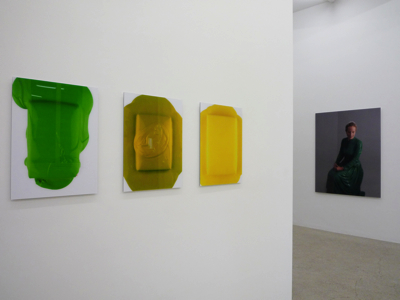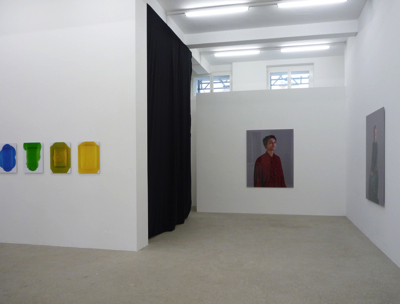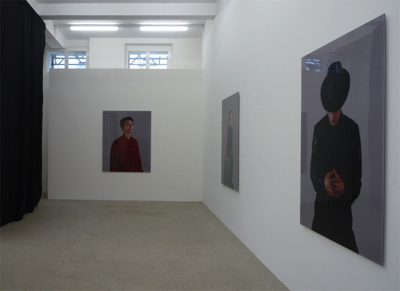Hannu Karjalainen, 26 August 2010 – 16 October 2010
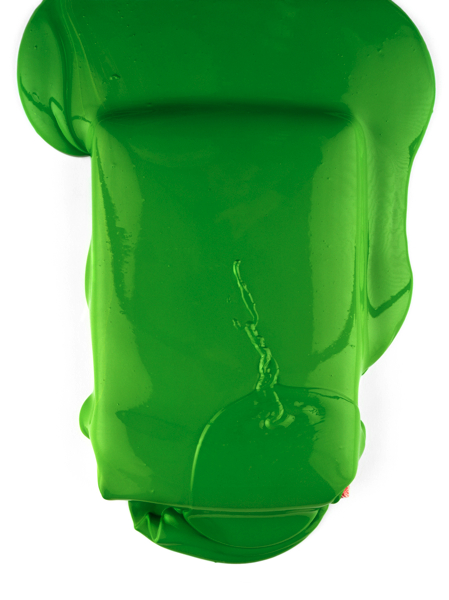
Hannu Karjalainen
Design as Art (Munari), 2009
Digital c-print on aluminium, diasec
50 x 37.5 cm
Edition of 5
Summer Opening: Wednesday, August 25, from 5 to 8 pm
Rotwand is delighted to present Finnish artist Hannu Karjalainen (born 1978 Haapavesi, Finland) for the first time in a solo exhibition.
It is practically impossible to talk about Hannu Karjalainen’s works – photographs and videos – without reference to painting and its long tradition from the Renaissance to American formalism, or to the changing theories about it, and to its essence as, on one level, a messy art. Already a minor classic, Karjalainen’s video Man in Blue Shirt (2006) is a fine example. Thick paint is slowly poured over an elderly man until his head is completely covered with flowing paint and his identity is gone. What are we witnessing here: an existentialist performance or an absurdist interpretation of the idea of a portrait painting? Jackson Pollock and Alberto Giacometti are just two names that have been mentioned in connection with this piece.
“I have always been interested in and intrigued by portraits,” Karjalainen says. Almost all his works belong to this genre, and his new photographs are no exception. While they refer directly to the stereotypical portrait images that we remember from museums, galleries and castles throughout Europe, there are important differences. The models in Karjalainen’s photos are anonymous. We can detect clues to their social status or their profession, but not much more. The main subject of these works is the portrait and its conventions. They remind us that every portrait is a construction, part fact and part fiction. Portraits are screens for multilevel projections and interpretations, first those of the artist and later those of the viewers. What do we actually see when we look at a portrait? Are we seeing our own hopes and dreams?
Then there is the messy part. We soon notice that the model’s clothes are not only heavy with paint, but that the paint is wet and has been applied while the model has been wearing them. The performative element is always present in Karjalainen’s works, as it is in these photographs. For him, it is a tool for deconstructing the portrait and revealing its artificiality, while the sensuality of the wet paint represents a play with the semantics of painting.
As film and literature have taught us, a portrait does not have to be limited to the model’s face. What else is Karjalainen’s lavish photowork Books (2009) than a self-portrait in 12 parts? The books that he has made unreadable with baroque coats of paint are his personal selection of works about politics, philosophy, the visual arts and cinema that have shaped his identity as an artist. While Books contains references to such artists as Ellsworth Kelly, it can also be seen as a kind of toolbox for the contemporary artist and viewer. The rainbow colours that cover the books are in turn derived from the famous colour wheel of the Bauhaus master Johannes Itten.
While every successful work is based on a broad awareness of theories related to art and the world, this can never be their true subject. Successful works such as Books also remind us that the artist has to be able to abandon this knowledge in order to present his views and ideas as concisely and as clearly as possible.
Timo Valjakka





